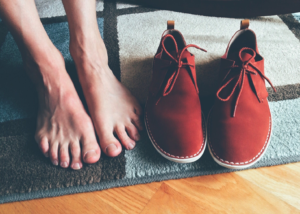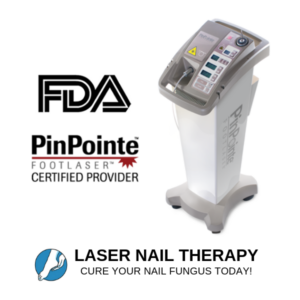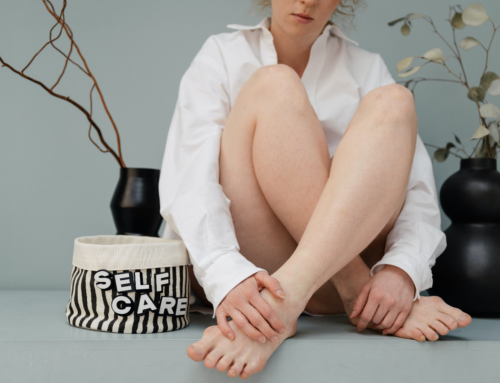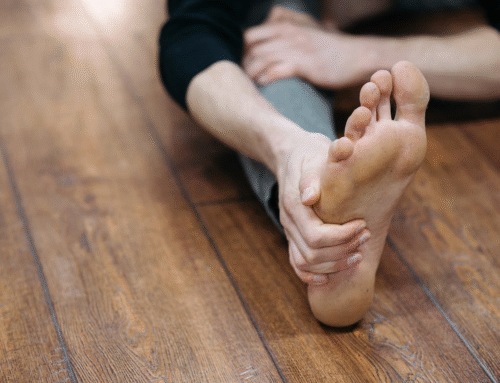Toenail fungus and shoe hygiene have more in common than you might think. Toenail fungus is a contagious, unsightly condition. Of the many methods of preventing toenail fungus, shoe hygiene is one of the most effective. To put it simply, if you make sure there is never any fungus in or around your shoes, you should never catch a fungus!
Tips on Proper Hygiene
The most important thing to do for proper shoe hygiene is to never share shoes with other people. Even if it is someone you trust, you could unknowingly catch fungus from their shoes. This would easily happen if you share shoes with someone before they realize they have the fungus. Fungi love shoes because they’re dark, enclosed, and often sweaty. Sharing socks carries an even bigger risk of catching fungus. Socks are in very close contact with your toes, and are often damp. This makes them the perfect breeding ground for fungus!
Going barefoot in public areas like changing rooms is also unwise. It is recommended to always wear shoes when your feet are touching a heavily trafficked surface. This protects your feet from any fungus strangers might leave in their tracks.
How Tight Shoes Affect Your Toenails
When your toes are cramped, constant pressure and friction can cause:
- Bruising under the nail (black toenail)
- Nail thickening from repeated trauma
- Ingrown toenails from curved nail growth
- Micro-cracks in the nail plate allow for fungus to enter
Fungus thrives in dark, moist environments — exactly what happens inside sweaty, snug shoes.

Signs Your Shoes May Be Too Tight
- Persistent toe pain after wearing shoes
- Toenails that look lifted or damaged
- Blisters or calluses on the tops or sides of toes
- Black, thickened, or curved nails
Importance of Shoe Size
The shoes are not only crucial for avoiding a nail infection, but are also important because the comfort and space can impact the circulation of your feet and the circulation in the shoe itself. When there is enough room in the shoe, it keeps them fresh, dry, and odorless. Furthermore, if you want to be extra careful, look for shoes that contain natural materials; leather is a good example, as it allows the feet to breathe.
Wearing well-fitting shoes that aren’t too tight will also improve shoe hygiene. When shoes are too tight, the material of the shoe pushes up against the toes, allowing for the transfer of fungus. Shoes can also be aired out in between wears, and antifungal shoe sprays can also be purchased to kill fungus regularly in your footwear. Lastly, make sure to always change your socks! Especially after physical activity, your own socks can harbor fungus. Changing your socks immediately after getting them dirty will improve your shoe hygiene and reduce the chances of a fungal infection.

How to Protect Your Nails
- Get your feet measured regularly; your shoe size can change over time
- Choose shoes with enough room for your toes to move
- Opt for breathable materials to reduce moisture
- Alternate shoes to allow drying time
- Wear moisture-wicking socks
Avoiding Nail Fungus Infections
Firstly, the size of the shoe is probably the most important aspect of the toes in correlation to nail fungus. If your shoes are tightly fitted and do not allow enough toe space, this could lead to a nail infection. When the toes are overcrowded, not only does it cause trauma and pain to the nail, it may also cause the toes to sweat and thus provide a perfect environment for fungus to thrive. The best way to avoid such an issue is to get your feet measured and feel the outside of the toe box portion of the shoe to see if the toes have enough room or are too close to the top. You can also do so by simply getting a feel for the shoe and walking around in it to detect any discomfort.
Laser Treatment for Toenail Fungus
If you think you have a toenail fungus, you should seek out an FDA-approved treatment by a licensed podiatrist. Topical solutions and oral medication are not as effective as laser treatment. The best treatment available is the PinPointe laser, which cures the fungus in just one treatment.
Our nail doctor in Austin, TX, recommends this laser treatment. The PinPointe Laser treatment has the highest cure rate in the market. It has no side effects and no recovery period. As a result, you can go about your daily activities right after the treatment. Also, it is not painful. To schedule a consultation, give us a call at 1-(800) 672-0625 or visit our website for more information.





